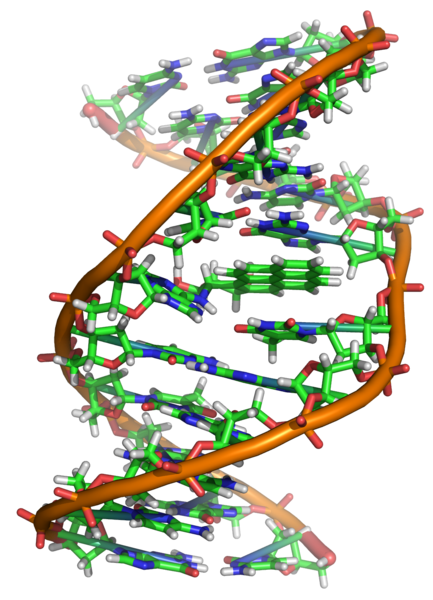The global pursuit of genetic diversity reveals the secrets of morbidity and survival

The ability to devour ice cream or gulp down a milkshake is admittedly not seen as a developmental advantage in our health-conscious world. However, 5,000 or 10,000 years ago, when dairies began to operate in southern Europe, natural selection encouraged the spread of a genetic mutation that allowed adults to digest the sugar in milk. Those who were blessed with the new gene - lactase - enjoyed a nutritional advantage over those who were not blessed with it, so they multiplied, and so did the mutation. This theory was first proposed in 1970, but it was only last year that scientists from Harvard Medical School were able to find genetic proof of it.
Geneticists will soon benefit from a new and powerful tool that will greatly facilitate finding direct evidence for the evolution of the modern human species. A three-year project was recently completed, in which 100 million dollars were invested, and is known as Haplotype or HapMap for short, to map the genetic variation in the human race. The first papers of the HapMap project are being published these days, and scientists are eagerly awaiting the results.
In recent years, researchers have begun to uncover genetic evidence for mutations that have given certain populations advantages in survival. In 2004, for example, Stephen Wooding, a geneticist from the University of Utah, and his colleagues showed that a mutation in the bitter taste receptor, which occurred several hundred thousand years ago, helped humans who migrated from Africa avoid eating poisonous plants they did not know. Wooding's work and other discoveries became possible only after the completion of the Human Genome Project in 2003, which gives scientists a map to locate important genes. However, Wooding points out, studies like his focus on single genes, and so far the efforts of scientists who have tried to study multiple genes in diverse populations have failed.
Mapping genetic variation
It is precisely at this point that HapMap is hoped to help. If the Genome Project is similar to a large one-volume encyclopedia, then HapMap splits the material into hundreds of easy-to-read books. A DNA chain is made up of about three billion chemical units, called A, T, C and G. Usually, similar characters are placed in the same slots in the chain, so people are similar to each other. However, every 1,200 or so slots, a variation known as a SNP appears. These small genetic differences are responsible for differences in hair and eye colors, and also for susceptibility to diseases. As part of the HapMap project, the SNP variation was examined in the genome of 270 people from four groups - Western Europe, Japan, the Yoruba tribe from Africa and the Han people from China.
Comparing the differences in the DNA of members of these groups allows scientists to locate the genetic causes of diseases and separate them from environmental influences. In the end, the scientists will be able to explain why some people are more or less susceptible to a certain disease. Once scientists understand how harmful genes affect certain populations, they will be able to develop more effective drugs against these genes.
